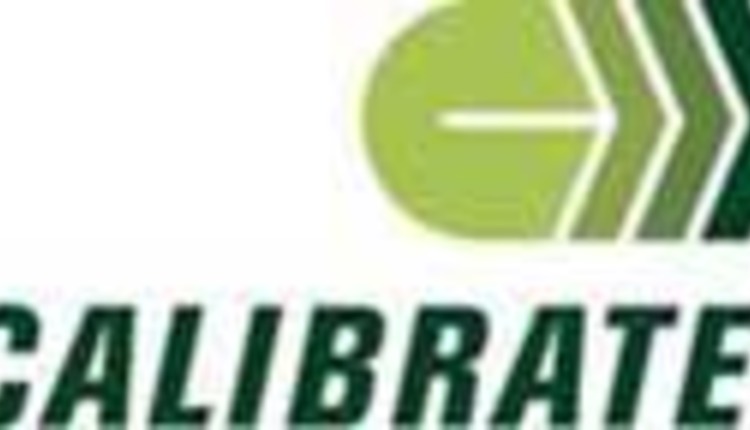Calculate rumen degradable starch to enhance rations for improved efficiency.
This item has been supplied by a forage marketer and has not been edited, verified or endorsed by Hay & Forage Grower.  Total starch is a common measurement used when discussing dairy cow rations. But, total starch levels only tell part of the story. It’s important to take a deeper dive into starch values since cows respond directly to rumen degradable starch, which is different than total starch values. Focusing on only the total starch content when evaluating feedstuffs in a cow’s diet will not provide all of the insights needed to understand how much starch will be available to the rumen microbes. As a result, animal performance may be impacted.
“Rumen degradable starch can be too much of a good thing or not enough of a good thing,” says David Weakley, Ph.D., director of dairy forage research for Calibrate® Technologies. “Without insights that provide an understanding of availability, both situations will negatively affect cow performance.”
Not an area to be overlooked, starch represents a substantial portion of the ration, ranging from as low as 20 percent to as high as 35 percent. Additionally, starch available to the rumen can vary across sources from less than 50 percent to more than 90 percent of the starch in certain ingredients.
This variation can be costly when not controlled and monitored, potentially leading to:
· Inconsistent milk production
· Decreased forage digestibility
· Over or under feeding cows
· Inconsistent milk components and feed intake
“Starch digestibility levels can change suddenly as farms move through available feedstuffs for many reasons, including harvest maturity, field locations and storage management. These sudden changes in the amount of rumen degradable starch in the ration can affect milk production, milk components and even cow health,” explains Weakley. “By proactively managing these variations, farms can maintain ration consistency for optimal performance.”
Testing for rumen degradable starch gives you more insight into how much starch will actually be available to a cow from any particular ingredient allowing you to adjust or optimize the ration based on your available feedstuffs or their cost. Routinely testing every two weeks will provide insights for timely decisions.
Think you might be overlooking a piece of the starch puzzle? Call: (800) 635-5701, email: info@calibratetechnologies.com <mailto:info@calibratetechnologies.com> or go to: www.calibratetechnologies.com <http://www.calibratetechnologies.com> to receive more information on rumen degradable starch testing.
 Calibrate® Technologies provides the dairy industry’s first rapid starch and fiber test with an online nutritional calculator to help provide ration recommendations to nutritionists and producers on rumen digestibility of forages and feedstuffs. For additional information, visit www.CalibrateTechnologies.com <http://www.CalibrateTechnologies.com> or call (800) 635-5701.
Producers can benefit from Calibrate® Technologies patented processes (see, e.g., US Patent 8,940,322). Using Calibrate® Technologies’ ruminal starch and NDF digestibility data, dietary levels of rumen digested starch (RDS) and rumen undigested NDF (RUNDF) can be calculated. Further employing Calibrate® Technologies’ patented processes and knowhow, dietary RDS and RUNDF levels can be manipulated to affect feed intake, digestibility and feed efficiency.
|


